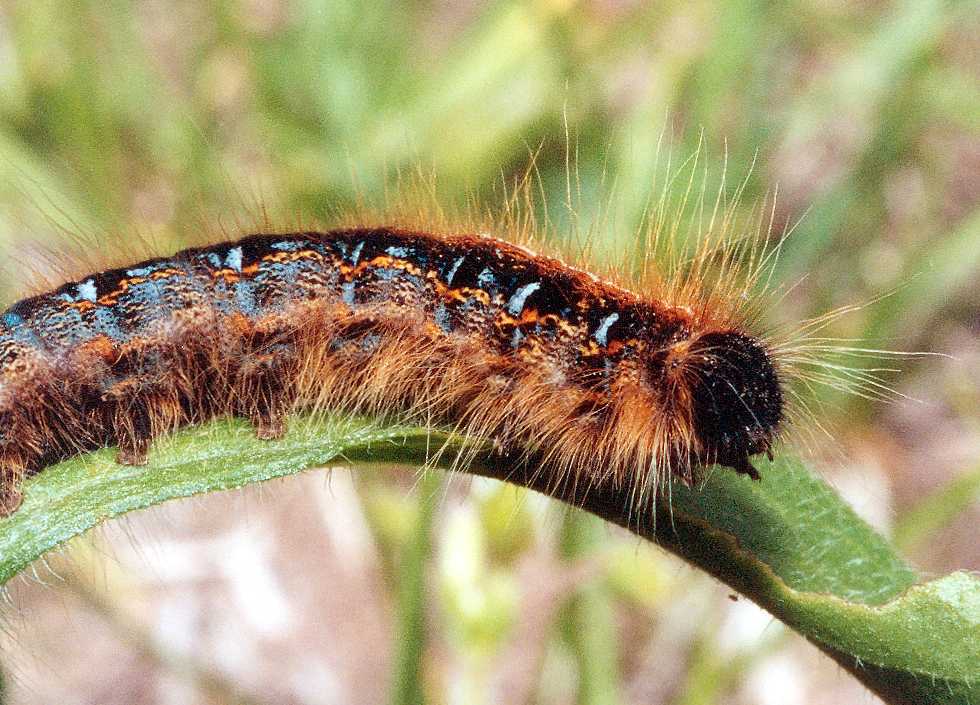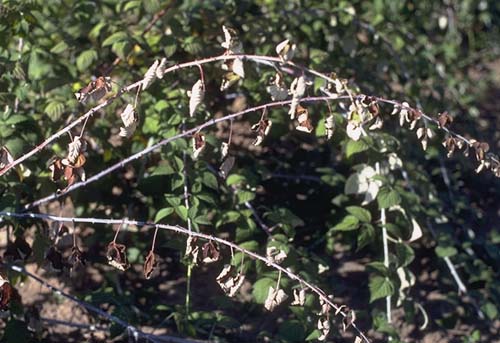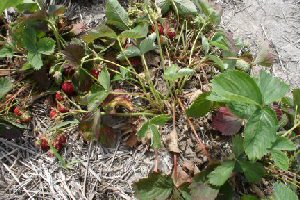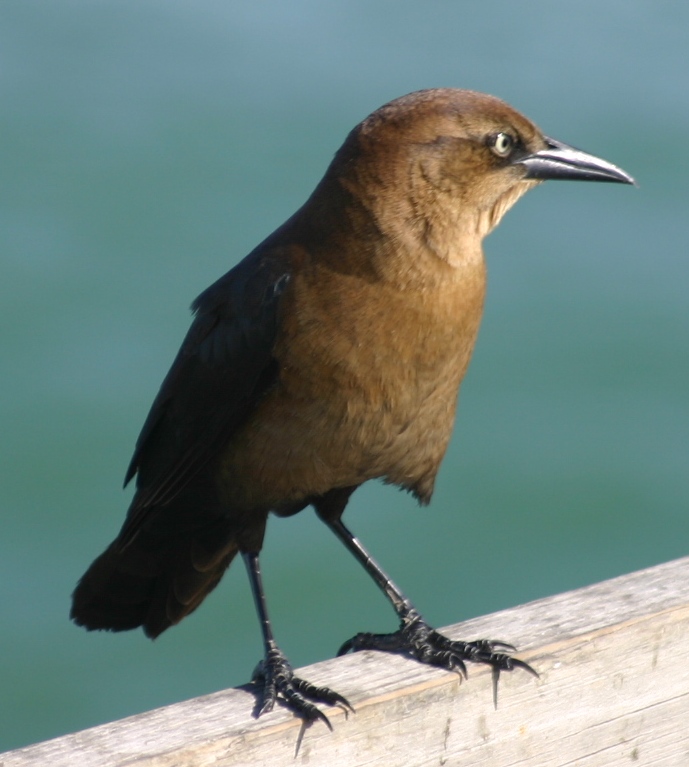The American raspberry interacts with many other organisms. Some of these organisms are harmful to the raspberry and others aid the raspberry in things it cant do on its own.
Caterpillars: Caterpillars can be very harmful to the raspberry plant or any plant that you happen to have in your garden. The caterpillars can be highly destructive to the raspberry plant by eating away the leaves and some of the stem. This is harmful to the raspberry plant because it decreases the amount of surface area for photosynthesis and harms the stem. To avoid having caterpillars take over your raspberry bushes keep the weeds, such as dandelions, down in the garden and remove caterpillars from any leaves of stems that you may see. Some insecticides may be used to keep the caterpillars out or garden specific plastic wrap may also be used.
to the raspberry plant by eating away the leaves and some of the stem. This is harmful to the raspberry plant because it decreases the amount of surface area for photosynthesis and harms the stem. To avoid having caterpillars take over your raspberry bushes keep the weeds, such as dandelions, down in the garden and remove caterpillars from any leaves of stems that you may see. Some insecticides may be used to keep the caterpillars out or garden specific plastic wrap may also be used.
Verticillium Wilt: Verticillium wilt is one of the most serious diseases of raspberries. It is caused by a fungus in the soil which reduces the raspberries yields by  wilting and stunting, and eventually, killing the fruit or the plant all together. The fungus which causes this is Verticillium albo-atrum and had been known to infected more than 160 different kinds of plants. This fungus can survive within the soil for many years. The hyphae of this fungus penetrate the root directly of the plant that it is infecting. From there, the fungus grows into the xylem, the water conducting tissue, and this destruction of the water column prevents the movement of water up to other tissues of the plant and the plant dies. This disease usually is worse in black raspberries than red raspberries. This disease is usually a cooler weather disease and is most severe where there is poorly drained soil and continuously flowing cold, wet springs.
wilting and stunting, and eventually, killing the fruit or the plant all together. The fungus which causes this is Verticillium albo-atrum and had been known to infected more than 160 different kinds of plants. This fungus can survive within the soil for many years. The hyphae of this fungus penetrate the root directly of the plant that it is infecting. From there, the fungus grows into the xylem, the water conducting tissue, and this destruction of the water column prevents the movement of water up to other tissues of the plant and the plant dies. This disease usually is worse in black raspberries than red raspberries. This disease is usually a cooler weather disease and is most severe where there is poorly drained soil and continuously flowing cold, wet springs. 
The symptoms of this disease usually appear in July or early August. The lower leaves may appear to have a dull green cast to them as compared to the brighter leaves higher on the stem. The disease starts at the base and moves its way up the stem. The last effects of the disease are noticed on fruiting cranes that were infected the year before, because in the spring, many of the diseased cranes will be dead. If the crane is not dead, then it will most likely appear poorly developed and/or have shriveled buds. The new leaves that grow the following year after the plant has been infected are usually yellow and have stunted growth.
Fungicides are ineffective in control against this fungus. Soil fumigation has shown to be excellent in control but can be very expensive.


